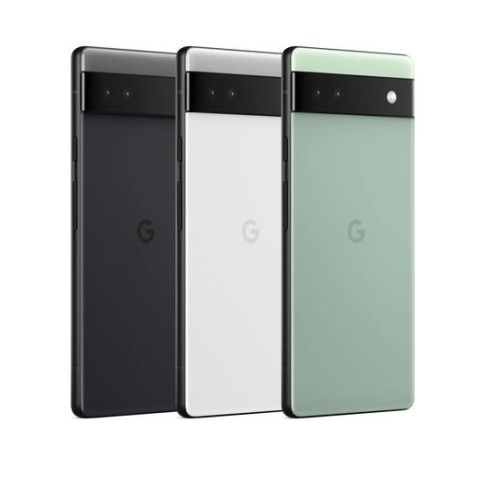If you’re shopping for a new smartphone and are trying to stick to a budget, chances are you’ll eventually come across two particular devices: the Google Pixel 6a and the third-generation Apple iPhone SE.
They’re two of what many — including us — consider to be the best budget phones on the market. We gave both devices very positive reviews because they offer some of the best experiences you can get for under $500, but both are different enough that they can appeal to completely different people.
We’re breaking the two devices down to see if the Made by Google handset is more up your alley or if Apple’s latest “budget” offering is the right fit.
| Display |
6.1-inch OLED 2400×1080 (60Hz) |
4.7-inch LCD 1334×750 (60Hz) |
|---|---|---|
| Processor |
Google Tensor |
Apple A15 Bionic |
| Storage & RAM |
128GB storage, 6GB RAM |
64GB/128GB/256GB storage, 4GB RAM |
| Cameras |
12.2MP f/1.7 main camera, 12MP f/2.2 ultra-wide, 8MP f/2.0 selfie |
12MP f/1.8 main camera, 7MP f/2.2 selfie |
| Battery |
4,410mAh (18W charging) |
2,018mAh (20W charging, 7.5W Qi wireless charging) |
| Security |
In-display fingerprint reader |
Touch ID (Home button) |
| IP Rating |
IP67 |
IP67 |
| Weight |
178 g (6.28 oz) |
144 g (5.08 oz) |
| Price |
$449 |
$429 |
Design and display
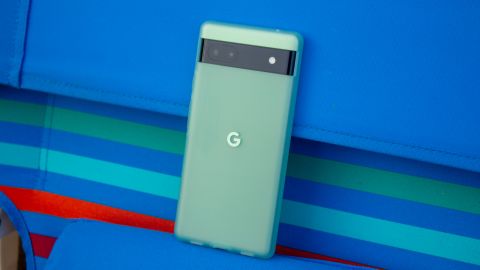
In the design department, Google and Apple couldn’t be any more different. The Pixel 6a borrows a familiar look from the more expensive Pixel 6 series, complete with slim bezels around the display and a large camera bar on the back. Meanwhile, Apple reuses a design that dates back to 2017 with thick bezels and a Home button.
Side by side, we think the 6a is much better-looking. It’s much more modern and feels like a phone released in 2022, whereas the SE could’ve come out in 2017 and you’d never know the difference.
Of course, both phones do have some attributes in common. They each use glass and aluminum for their enclosures, and they both offer IP67 certifications for water and dust resistance. They each also have fingerprint readers, with the 6a opting for an in-display one and the SE sticking with classic Touch ID. In the end, if looks are important to you, the 6a is the way to go.
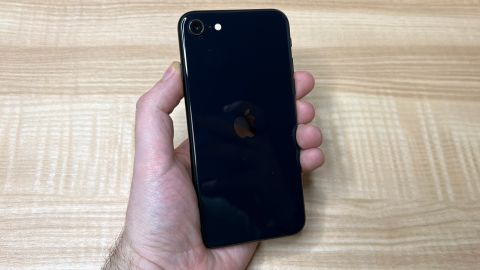
That goes for the screens, too. The Pixel 6a sports a 6.1-inch OLED panel with a 2400 x 1080 resolution. The iPhone SE, on the other hand, sticks with an aging 4.7-inch LCD panel with a 1334 x 750 resolution. OLED panels offer individually lit pixels that can turn off when not in use, providing not just more vibrant colors but also inkier blacks. LCD panels have a single backlight behind the whole panel that lights up everything, leading to minor color washing and much less impressive black levels.
It’s no surprise, therefore, that the 6a takes the cake in the display department. It’s much more pleasant to look at, and it’s far better suited for consuming content like movies and YouTube videos. While the SE isn’t necessarily bad, a 4.7-inch screen can feel cramped very quickly, and you won’t even get full HD video quality. Overall, the 6a is the winner when it comes to display quality, hands down.
TL;DR: The Pixel 6a has a much better design and far better screen than the iPhone SE, which continues to use recycled parts from past iPhones.
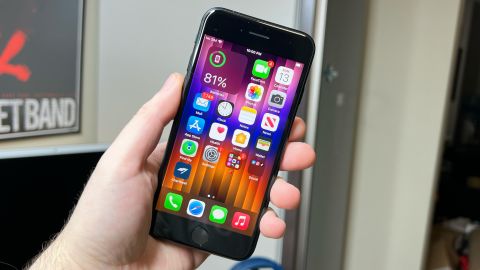
This is another area where the Pixel 6a and iPhone SE couldn’t be any more different. The 6a ships with Google’s Tensor system-on-a-chip which debuted in the flagship Pixel 6 and 6 Pro. However, combined with 6GB of RAM instead of 8 or 12GB like in the higher-end models, the 6a tends to struggle a bit when it comes to heavier operations. Everything generally feels as zippy as the more expensive models, but you can certainly tell that Google isn’t unleashing the full potential of Tensor in this case.
Meanwhile, Apple will blow your socks off with the A15 Bionic chipset in the iPhone SE. In our review, we found performance to be nearly identical to that of the flagship iPhone 13 line which shares the A15 chip, and in some cases noticed the SE benchmarking higher than its more expensive counterparts. Despite only having 4GB of RAM to work with, multitasking is a breeze, things are reliably fast and fluid and we couldn’t find anything that choked the processor enough to start slowing down. By far, the SE is the mid-range phone to get if you care about performance.
In the storage department, the base model iPhone SE ships with 64GB of room while the Pixel 6a gets double that at 128GB. If you want to match that amount with an SE, you’ll need to spring for the $479 model. While that’s not a huge difference, it’s still $30 more than the 6a, which gets it by default.
TL;DR: The Pixel 6a offers decent performance with the flagship Tensor processor, but Apple’s A15 Bionic inside the iPhone SE clobbers it every time.

On the back of the Pixel 6a, Google includes a 12.2MP f/1.7 main camera. That’s paired with a 12MP f/2.2 sensor with an ultra-wide 114-degree lens. Meanwhile, Apple ships the iPhone SE with a single 12MP f/1.8 camera on the back.
Photos taken with the main cameras on both devices are essentially on par with one another. While Apple and Google like to add their own tweaks to the aesthetics of the images their cameras capture, some things are for certain. Both sensors offer great image quality in well-lit scenarios as well as dimly-lit environments, while also providing good color reproduction and detail. Video quality is also very comparable, with both phones able to capture 4K at 60 frames per second with good stabilization and clarity.
That’s about where the phones start to trail off. There’s only so much you can do with one rear camera, making the iPhone SE one of the most limited camera setups currently on the market. The Pixel 6a simply takes the cake in this area thanks to its included ultra-wide lens which makes taking photos a lot more fun and versatile.
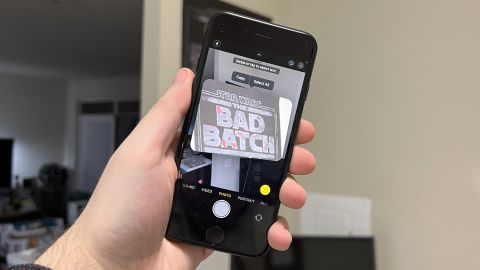
You also get all of Google’s photography tricks like Magic Eraser (the ability to remove objects and other people from photos using AI), its incredible Portrait mode which remains far better than the SE’s, Real Tone (better skin tone representation), Face Unblur, Top Shot, Frequent Faces, dual exposure controls and Cinematic Pan.
What’s more, the 6a also gets Night Sight which greatly improves nighttime photographs, a feature the iPhone SE doesn’t even have an alternative version of. No matter how you look at it, anyone who cares about photography will want to pick up the Pixel 6a over the iPhone SE — there’s simply far more you can do with it compared to Apple’s device.
TL;DR: While the iPhone SE and Pixel 6a take very comparable photos in daylight and dim environments, the 6a takes the cake when it comes to versatility, nighttime photography and AI smarts.
Battery life and recharge speeds

The iPhone SE line has never been known for its battery life, and that didn’t change with the 2022 model. So as you can imagine, the Pixel 6a is once again taking the crown.
The SE ships with a 2,018mAh cell which Apple says can last 15% longer than the previous model. We found that the battery is capable of lasting a full day in our testing, but we received a low battery warning when we went to bed. On the other hand, the Pixel 6a’s 4,410mAh cell lasts at least a full day with around 30% to 35% left in the tank. If you use it lightly, you could go to bed with 50%, which could give you enough to make it a second day. In our battery test where we loop a 4K video at 50% brightness, the iPhone SE lasted 11 hours and 20 minutes while the Pixel 6a managed to stay awake well over 14 hours.
Despite the Pixel managing to last longer on a charge than the iPhone, Apple beats Google in the recharging department. The SE supports 20W fast charging which is noticeably faster than the Pixel 6a’s 18W charging, especially since the SE’s battery is so much smaller. Apple also equips the iPhone with wireless charging, something the Pixel completely lacks.
TL;DR: If you need a phone that lasts a full day and then some, get the Pixel 6a. If you value wireless charging, you’ll want to check out the iPhone SE.
iOS vs. Android
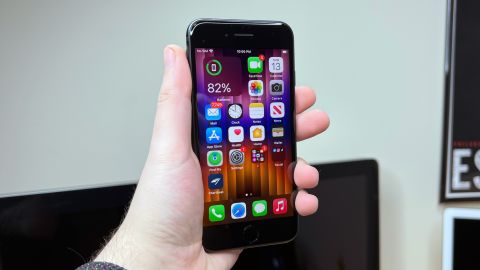
We’re gonna be up front with you: We can’t tell you to get either of these phones based on their operating system. Some people like iOS for its cohesiveness with the rest of the Apple ecosystem, others prefer Android and its flexibility to work with more products and services from other companies. It’s a decision you’ll have to make yourself because of just how subjective it is.
What we can tell you is both iOS 15 and Android 12 are great releases. They both run very well on the iPhone SE and Pixel 6a, and they each boast a nice array of features. If there’s one advantage one phone has over the other, it’s that the iPhone SE will likely be supported longer than the Pixel 6a. Google is only guaranteeing three years of software updates, whereas Apple has regularly supplied four or five years’ worth of updates to its phones. Whether that’s worth it to you depends on how long you plan on having the phone for.
TL;DR: We can’t tell you to pick iOS or Android as your phone’s operating system, but they’re each great in their own right on the iPhone SE and Pixel 6a.
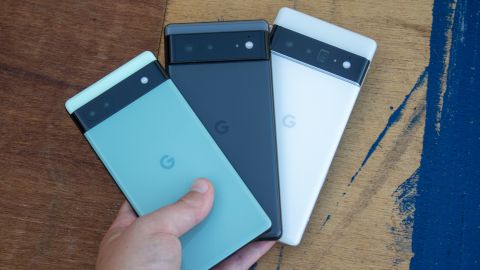
At the end of the day, the better phone here is easily the Pixel 6a. For $20 more than the $429 iPhone SE, you get a nicer design with a much better OLED display, a more versatile (and capable) camera set and longer battery life. It’s sort of a no brainer.
That is, unless you’re in the Apple ecosystem. If you’re deep into Messages, iCloud Photos, Apple Arcade — heck, maybe you have an Apple Card — then it’s better to get an iPhone SE. It’ll integrate far better with the rest of your digital lifestyle than the Pixel 6a will, plus you get better performance and wireless charging. You’ll just have to be okay with lower battery life, a smaller design and display and a single rear camera.

